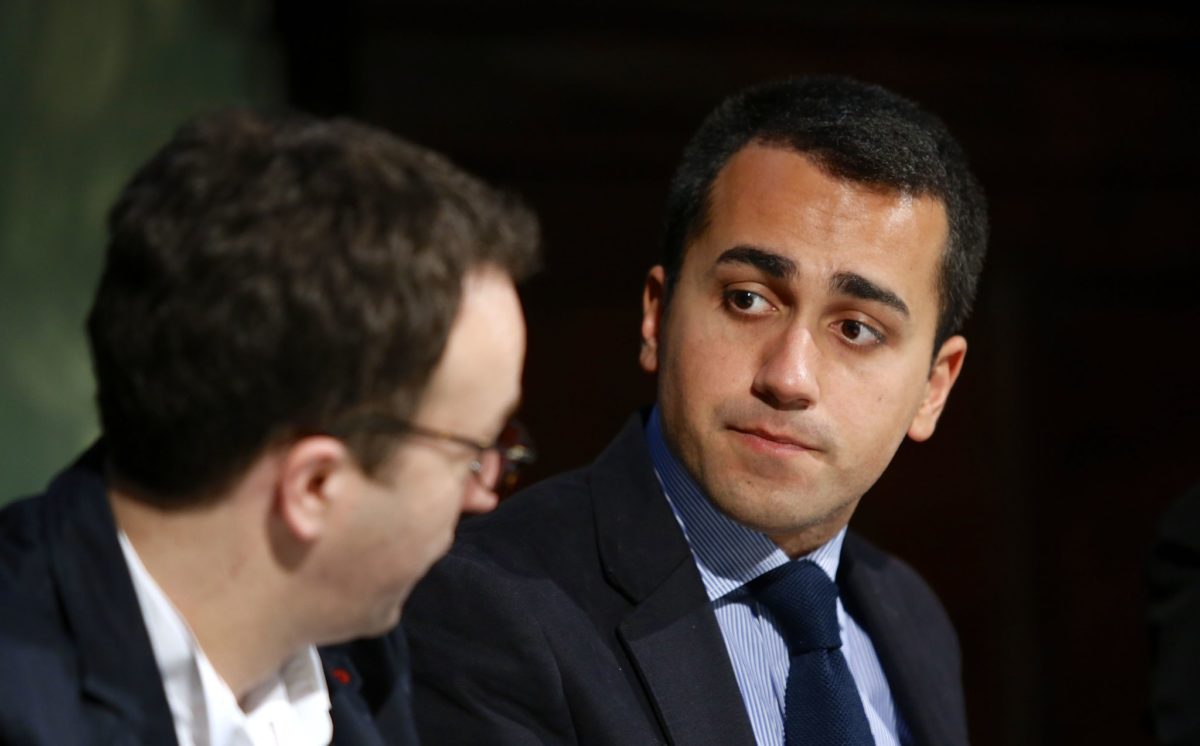Italy’s deputy prime minister and minister of economic development, Luigi di Maio, and Tunisian minister of industry and SMEs Zied Ladhari have committed to build an extra-high voltage direct current connection between the Sicilian town of Partanna and the Cap Bon peninsula on the Tunisian coast.
The ‘Elmed’ infrastructure project, agreed at the first Italy-Tunisia intergovernmental summit on Tuesday, will make it possible to integrate the two electricity markets, significantly improving the interconnection of the EU system with North Africa, said Five Star Movement leader Di Maio.
“The objective is to increase the safety and sustainability of electrical systems within an interconnected Euro-Mediterranean network, which also gives the possibility of covering part of the growing demand of African countries with energy produced by EU countries,” the Italian government added.
Project development was begun by Italian grid operator Terna and Tunisian state-owned utility, the Société tunisienne de l’électricité et du gaz (STEG) in 2003, with the partners planning a 1 GW power line and a 1.2 GW power plant in Tunisia which would export some 800 MW of energy to Italy. In 2011, after recession in the EU economy and a resulting drop in power demand which led to overcapacity in Italy, the partners agreed to downsize the line to 600 MW and to scrap the North African generation plant.
The first joint declaration for the project had been signed by the governments of the two countries in 2007 and led to a 50/50 joint venture company – Elmes Etudes Sarl – to carry out pre-construction activity on the power line.
Change of direction
In 2016 the project became part of Terna’s National Electricity Transmission Grid Development Plan, as well as part of the Ten Year Network Development Plan formulated by the European Network of Transmission System Operators.
The World Bank, which is arranging financing for the project, says terrestrial and marine feasibility studies which have been put out to tender, as well as transaction advisory services and a financial model, should be finished before 2022. The multilateral lender said the Elmed interconnector is now being planned to respond to rising electricity demand in Tunisia, which has constrained transmission capacity.
The interconnector will also contribute to achieving Tunisia’s renewables development by providing access to large back-up power capacity which will ease the integration of intermittent solar and wind energy into the Tunisian grid, the World Bank added.
Sicily and southern Italy house most of the 20 GW of installed solar power capacity the country had amassed by the end of last year, with most new projects also under development or construction in the regions.
The Elmed project may also increase exchanges between Tunisia and Algeria and Libya, the World Bank said. “The Elmed interconnector is strongly supported by the governments of Italy and Tunisia, and by the European Union as well as by other countries such as Germany and Algeria,” added the lender.
This content is protected by copyright and may not be reused. If you want to cooperate with us and would like to reuse some of our content, please contact: editors@pv-magazine.com.




By submitting this form you agree to pv magazine using your data for the purposes of publishing your comment.
Your personal data will only be disclosed or otherwise transmitted to third parties for the purposes of spam filtering or if this is necessary for technical maintenance of the website. Any other transfer to third parties will not take place unless this is justified on the basis of applicable data protection regulations or if pv magazine is legally obliged to do so.
You may revoke this consent at any time with effect for the future, in which case your personal data will be deleted immediately. Otherwise, your data will be deleted if pv magazine has processed your request or the purpose of data storage is fulfilled.
Further information on data privacy can be found in our Data Protection Policy.